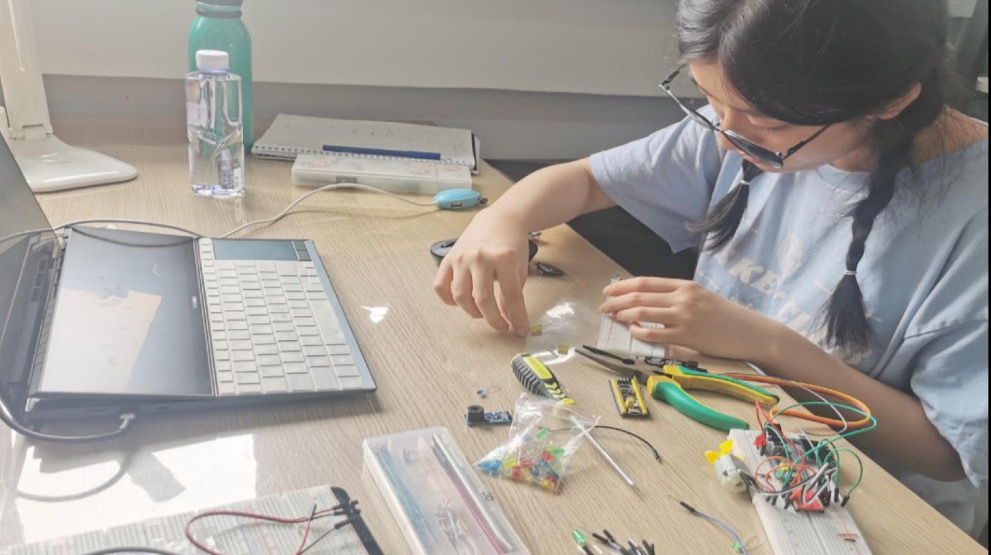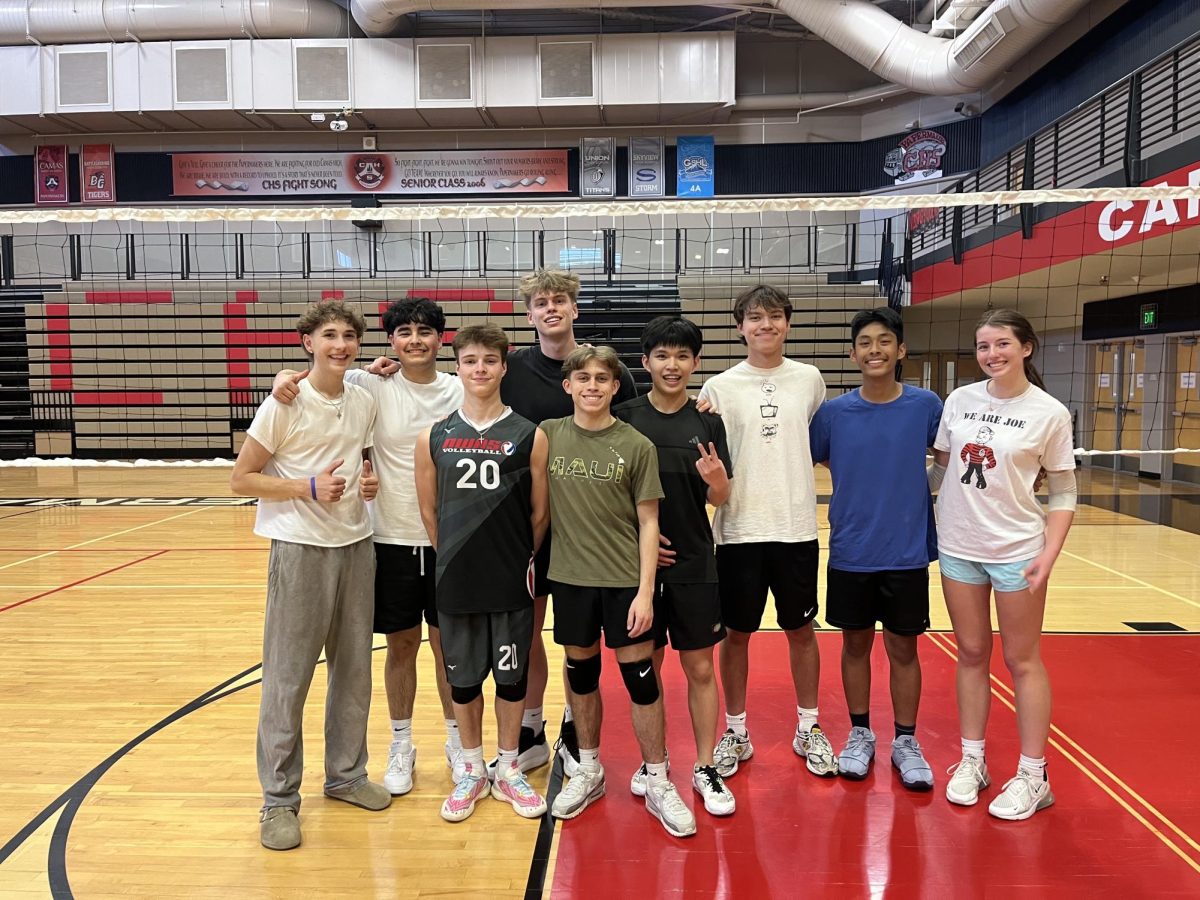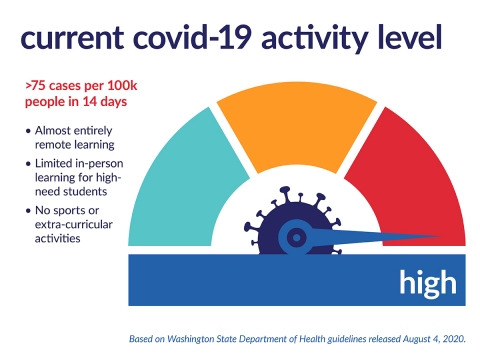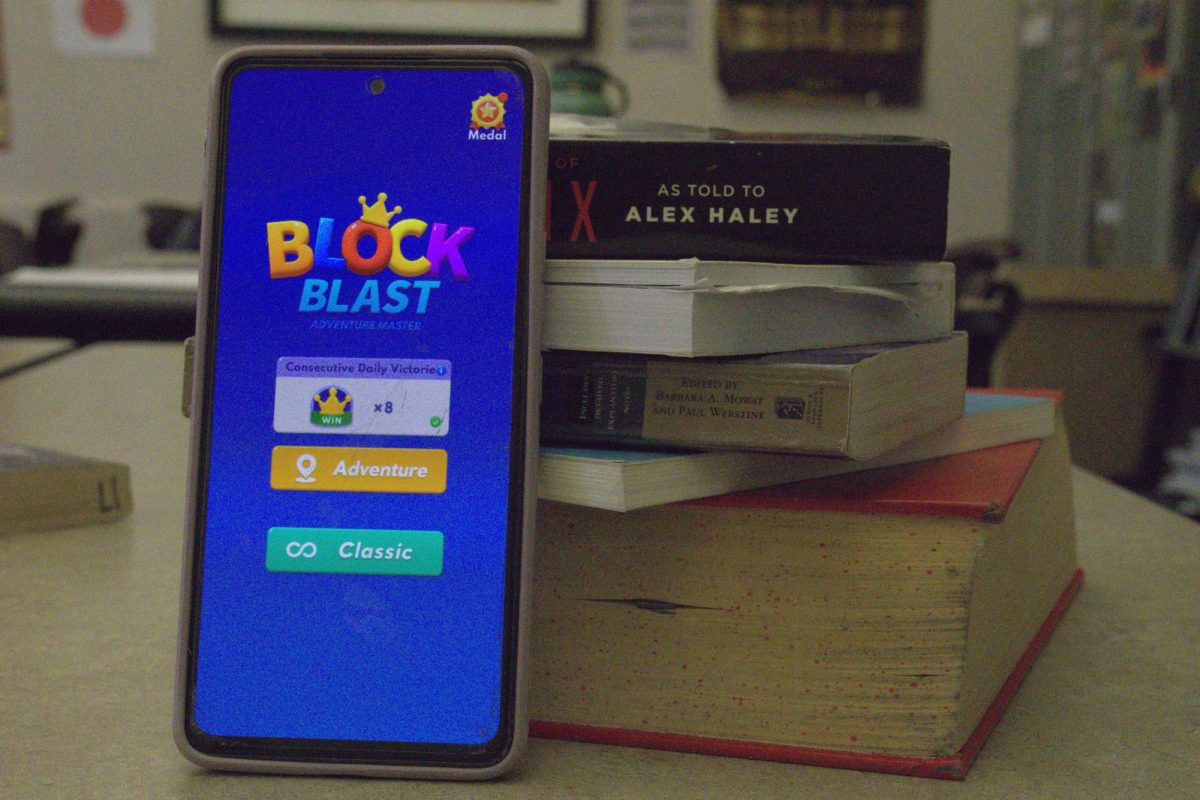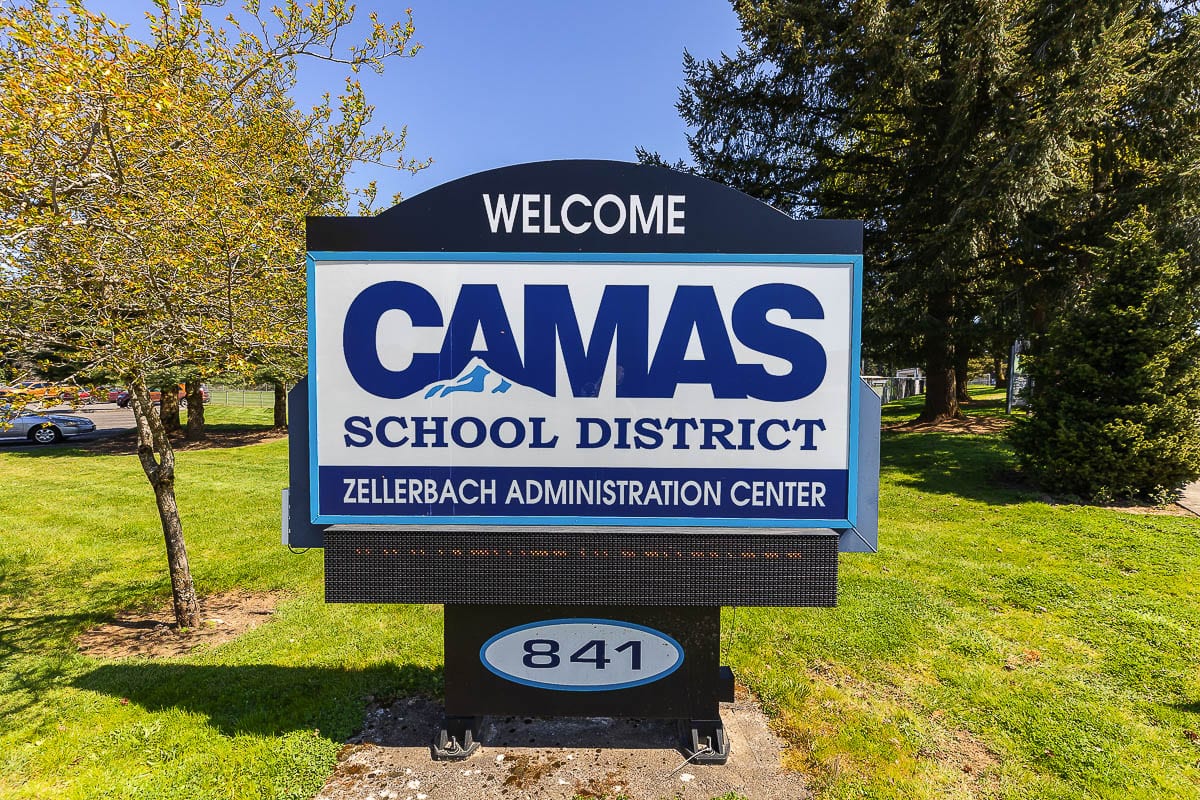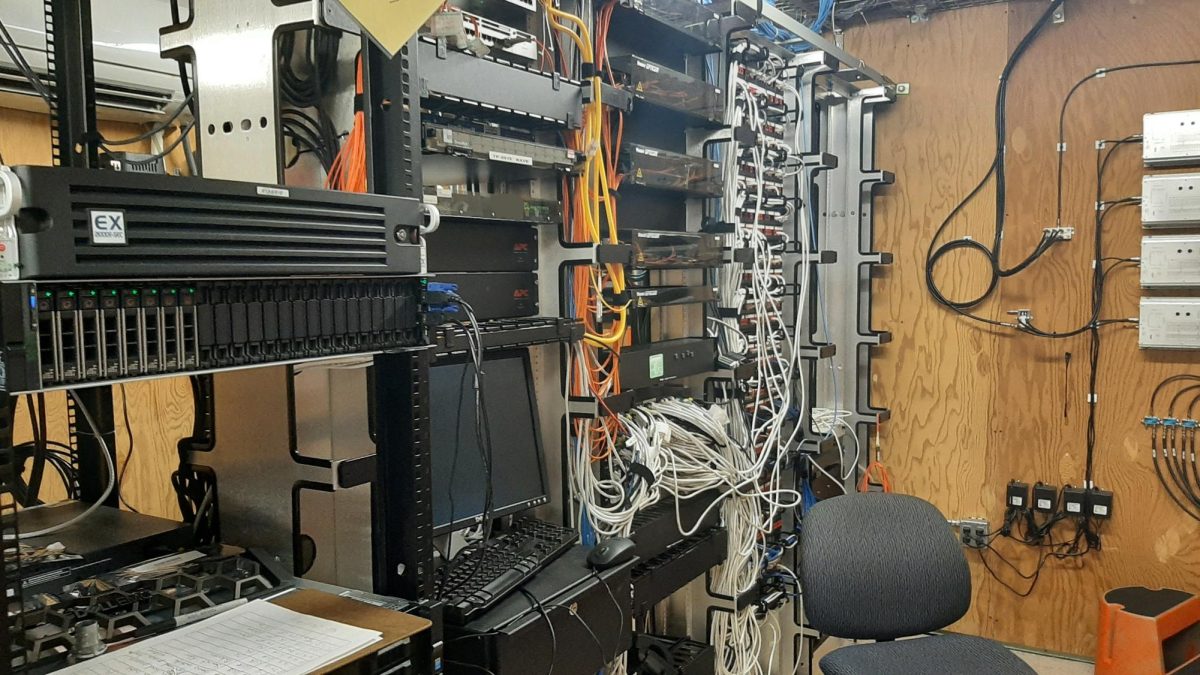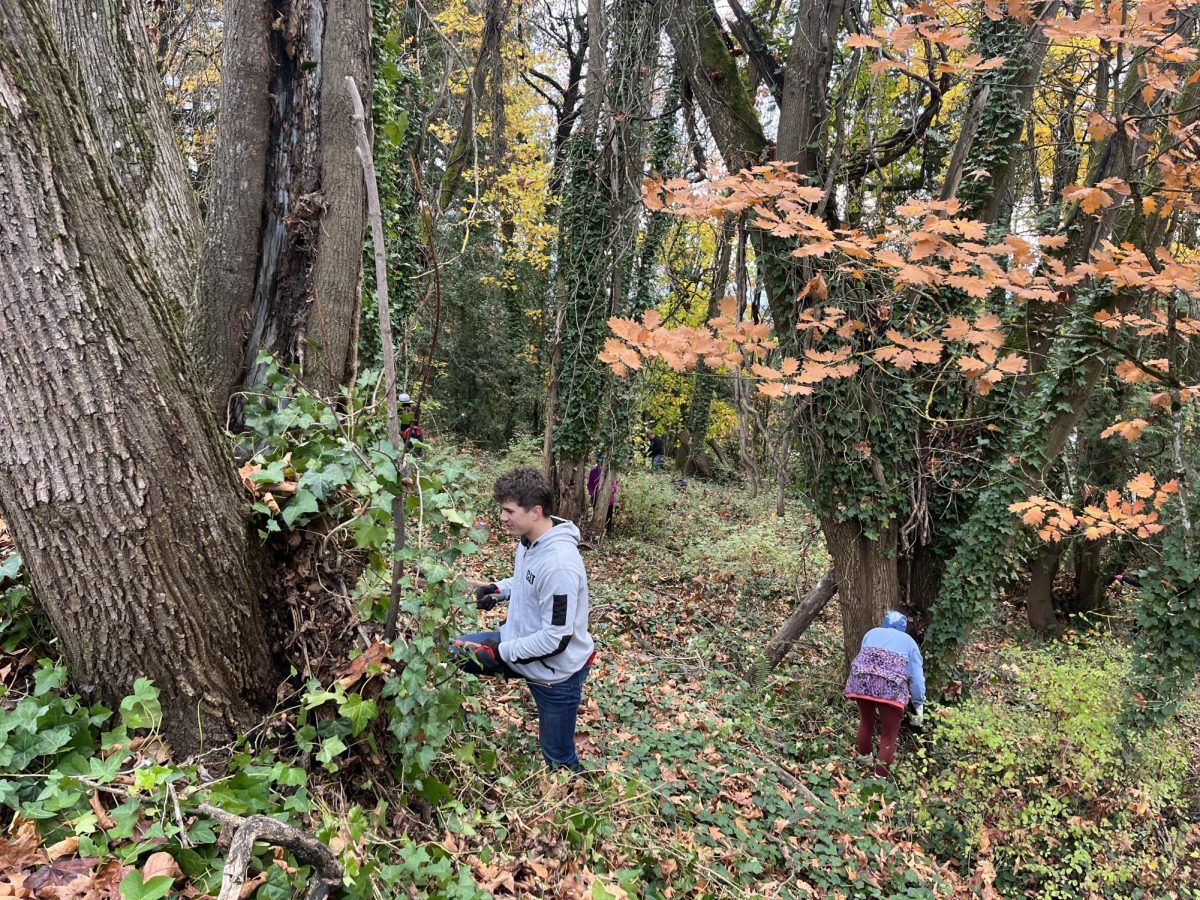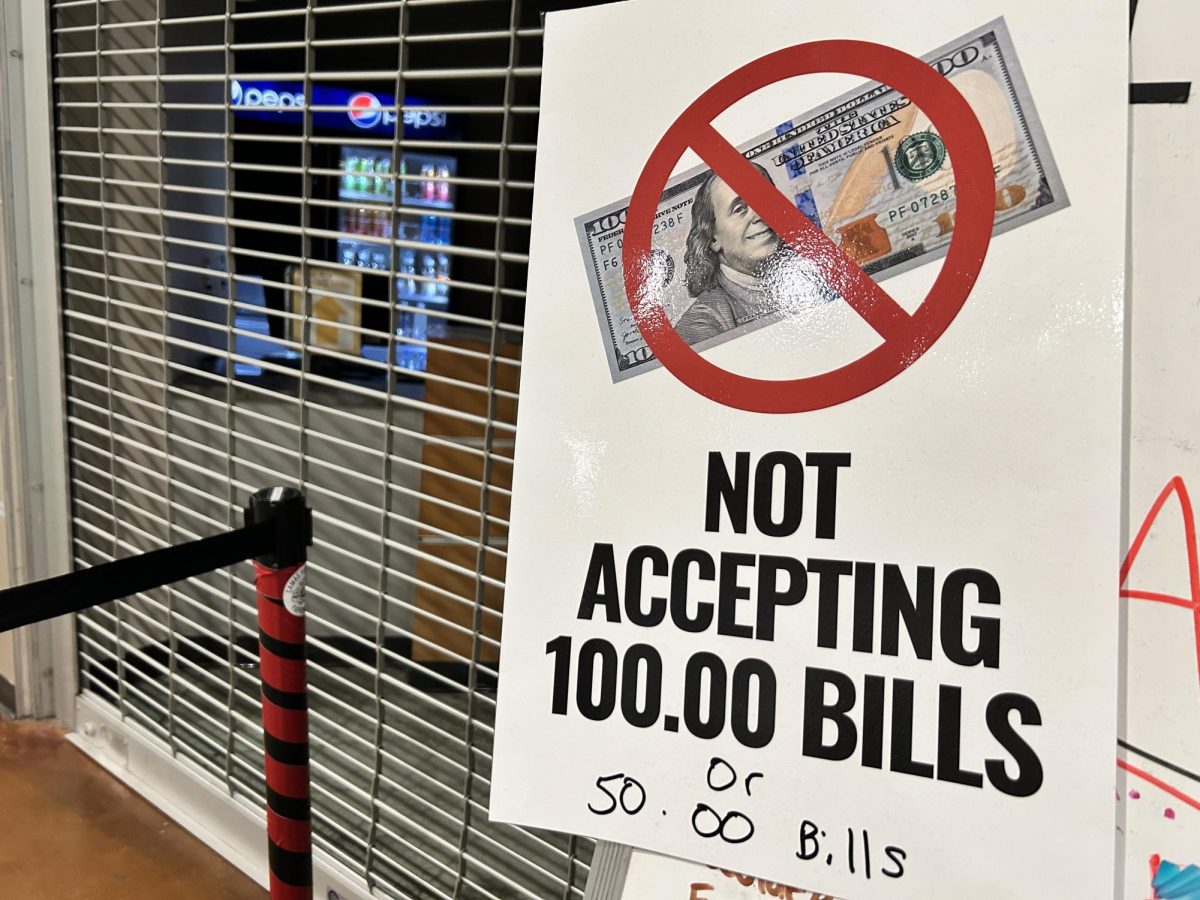CHS students and teachers alike are finding challenges and inconsistencies in the remote learning workload as the 2020 school year kicks off on computer screens alone thanks to the coronavirus. Indeed, remote learning has been an adjustment; some have benefitted while others have succumbed to the stress.
Remote learning is not going anywhere anytime soon thanks to high numbers of COVID-19 in Clark County; in fact, the numbers have only gone up since the Camas School District (CSD) began its public tracking at the end of August. CSD leaders have determined school will not move from remote-only to a hybrid setting until the numbers are in the low or moderate range for three weeks in a row. The fact that nobody knows when that will happen is leaving people in the CHS community with a sense of unease.

CHS Freshman Sophia Rundle said, “[Online school] puts young students’ minds to the test, since the workload assigned weighs a heavy toll on… mental health. I’m not doing sublime; moreover, I am extremely melancholy.”
Rundle is not alone. Many students have expressed high levels of stress as the coronavirus keeps them away from their friends, teachers, and the normalcy found in their school buildings.
CHS Senior Erin Deathrage said, “I am feeling very stressed. I have a hard time keeping up with the amount of work that is being posted to the classroom. I understand that there is a requirement for what we must learn, but the amount of work that is being posted… I have little to no time for myself. There is not enough time to get assignments turned in on time, and some of my teachers have increased the workload also making it harder.”
It is not just students feeling the heat; teachers have weighed-in on the heavy remote learning workload, too.
English teacher Joseph Farland said, “When thinking about workload for myself, this has been an immense undertaking. I’m easily working an extra twenty hours weekly compared to the hours I need to put in during the “normal times” to feel satisfied and prepared. It’s been very challenging, and it’s definitely been difficult for me and my family at home.”

Another English teacher, Tom Sawyer, added, “I feel like a lot of the students are struggling to grasp the concepts that we give them online because they feel like they’re less inclined to do the assignments because they’re online, and not face-to-face.”
One reason the teacher workload is so high this year is that they have to completely change the way they teach their classes. That is true for all classes but may be especially so for hands-on classes like choir, art, band, and even fitness. These teachers are having to approach the majority of their work in ways they have never done before.
“With online learning, my workload has doubled. Making Google Docs with workouts, online attendance, and posting things on Google Classroom takes a lot of time, but I am glad I can still teach!”, CHS fitness teacher and football coach Les Albert said.
CSD Superintendent Dr. Jeff Snell knows times are tough for students and teachers, but he is impressed at how everyone is managing the changes so far. He said, “Despite the challenge, we’ve seen students, staff, and families stepping up with resiliency and creativity. We’ve learned some really exciting ways to engage differently and that learning is going to make our educational system even stronger when we get through this.”
The remote learning experience has required flexibility and patience as everyone has undergone serious change. Dean of Students Seanna Pitassi is inspired by how everyone in the community has handled the unique circumstances.
“We know that this year has come with radical change, which has presented many new challenges. The flexibility and understanding of everyone involved has been truly inspiring. Working together as a community is what Camas has always done best, and I feel fortunate to be a part of such a caring community,” Pitassi said.










